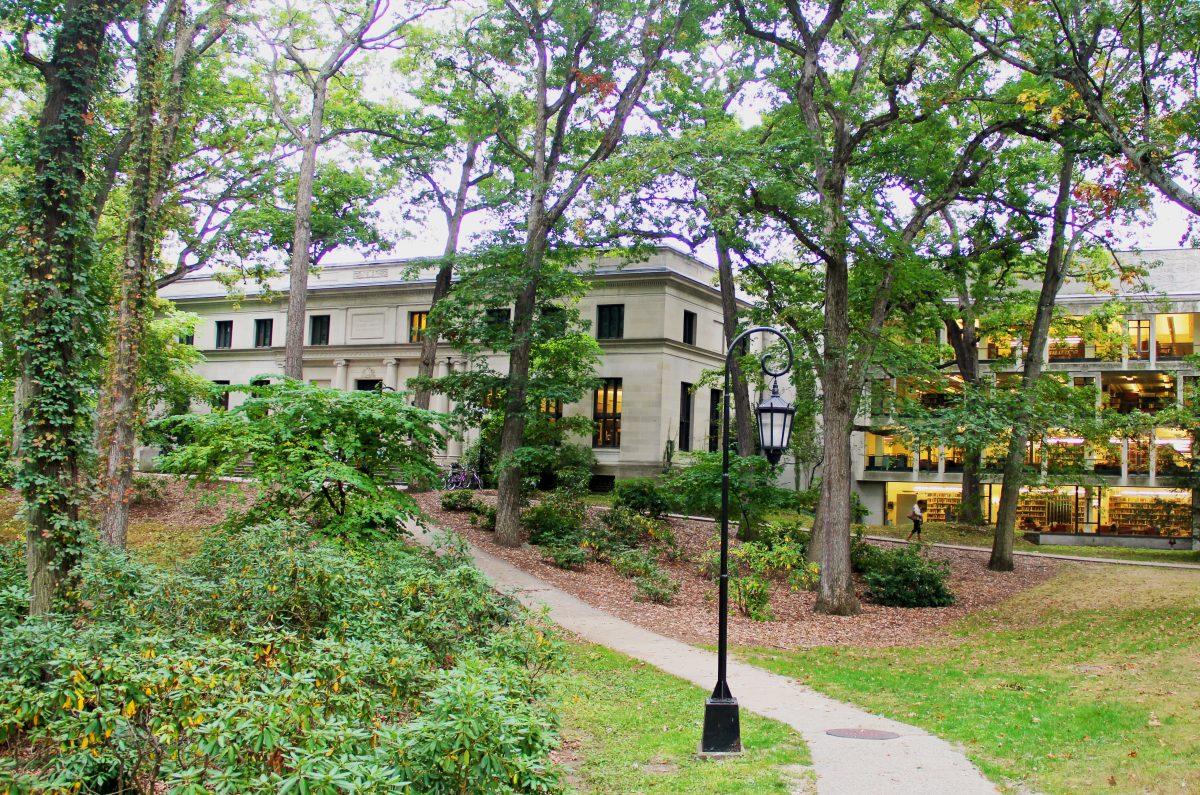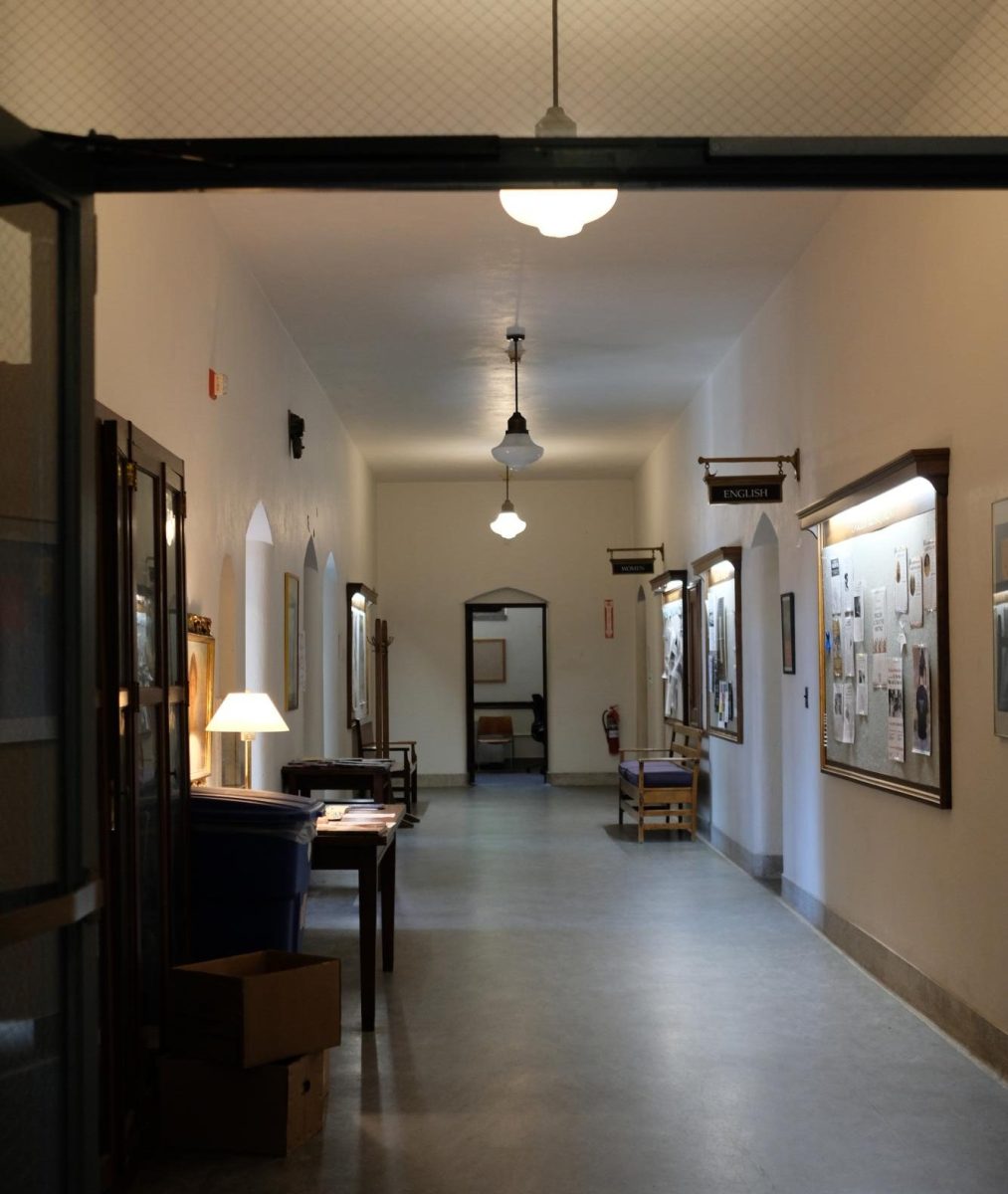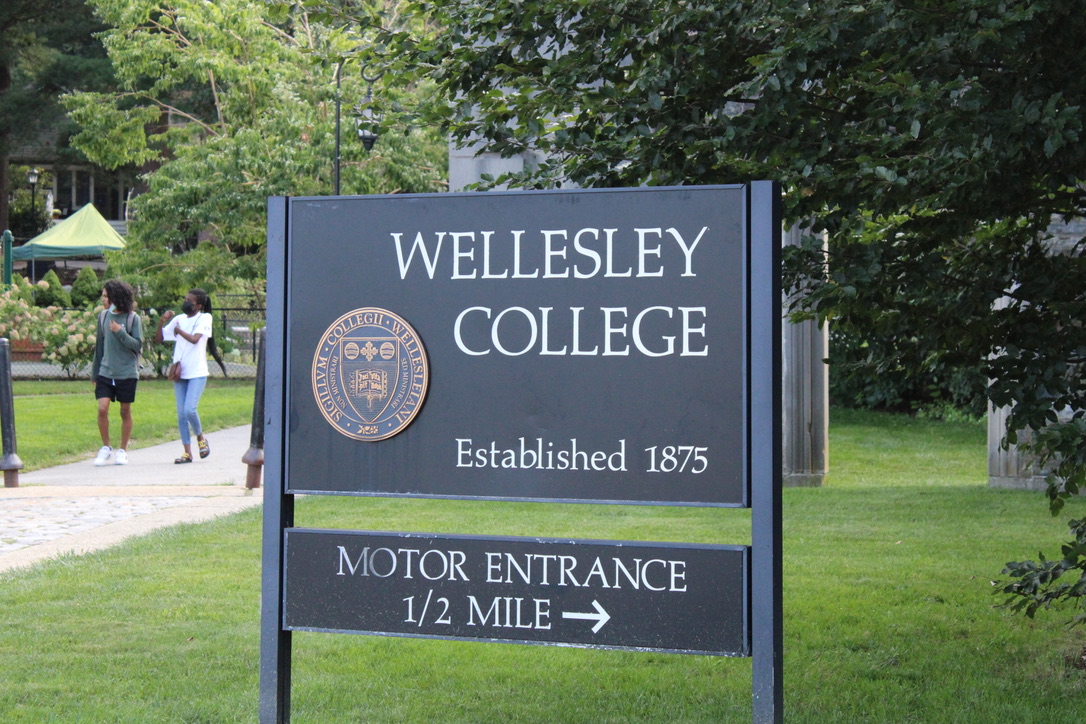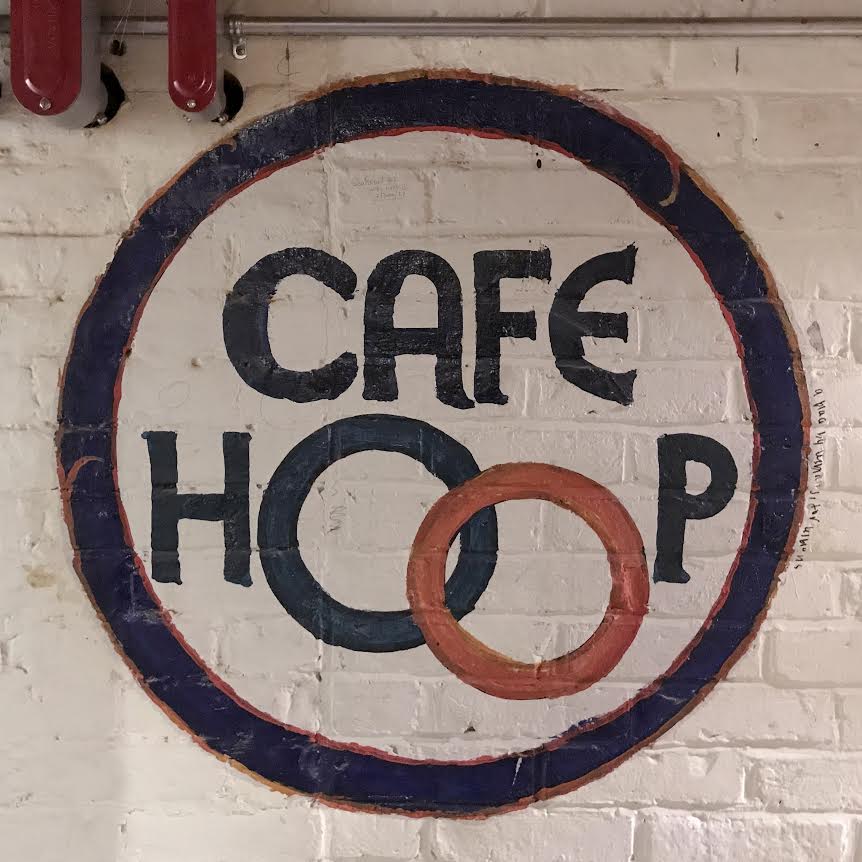The Advisory Committee on Library and Technology Policies reached out to students last month to get student feedback on a proposed project to re-examine the use of academic commons. The library staff also hopes to move the Writing Program and Quantitative Reasoning (QR) program into the library as part of the Campus Renewal project.
A committee composed of Library and Technology Services (LTS) members, facilities managers and faculty from the Writing and QR programs began initial surveys for the project last fall by examining the use of space in current or proposed libraries at other universities.
About 20 students offered feedback on the use of space in the library in three small group meetings with architect Monica Ponce de Leon. Student feedback centered around several issues: confusion over the stairs and layout, uncertainty over acceptable noise levels, desire for a café or a more social space, a need for more power outlets and use of individual versus group space.
One of these concerns focused on problems with the library’s architecture. Students mentioned that it made them claustrophobic and was difficult to navigate, especially with its confusing set of stairs.
Zoe Swarzenski ’17 feels that the library has a problem with the layout that makes it difficult to locate objects that she is searching for.
“I wish it was more transparent, the layout and where things are. I find that I don’t know about a lot of the stuff in the library, and if I needed something I wouldn’t know where to go without asking someone,” Swarzenski said.
Madelena Collins ’18 believes that the library does not offer an aesthetically pleasing study area.
“There’s so much concrete that it doesn’t feel like a warm study environment. It feels very harsh when you go in there and the stairwells aren’t lit very well. The design elements don’t seem to mesh very well, versus other libraries that I’ve been at,” Collins said.
Diana Castillo ’17 agreed that the library’s comfort level could be improved.
“I really like it when libraries feel cozy, and I think the library does that in some places, but I feel like some of the furniture seems to be ripped up. We need some new furniture,” Castillo said.
In addition, students who participated in the sessions with the architect expressed confusion over designated spaces and acceptable noise levels.
Currently, the library has long tables that would be ideal for group study, but they are located next to thesis carrels, where silence is essential. Study rooms, which also seem like a good place to work with a group, are not soundproof, which means that group work may disturb people around the study rooms who desire quietness.
Swarzenski also feels that study areas should be more clearly marked.
“I wish there were more designated study areas. Right now it feels like it’s mostly books, with tables scattered throughout, rather than an area where you go to study,” Swarzenski said.
Students who raised these concerns in the meetings proposed a graduated noise system, with different levels of talking allowed on each level as a potential solution.
Collins embraces the idea of a graduated noise system as a solution to the noise problem.
“I do like that idea. I sometimes feel awkward because I don’t know if I’m bothering someone else. That seems like it would be a really good idea for someone who needs to study in complete silence, versus someone who just needs to work on homework with one other person,” Collins said.
Castillo also expressed support for the idea of a graduated noise system.
“I don’t think it would be a bad idea. I think a lot of other schools do that. I think it’s mostly really quiet now, but I don’t think that’s a bad idea because I know some people really need a specific amount of noise to study so I think that would help people out.” Castillo said.
 A final interest students brought up in official meetings was for a café in a level of the library where students can make noise, which would allow them to alternate studying and taking breaks to socialize with friends.
A final interest students brought up in official meetings was for a café in a level of the library where students can make noise, which would allow them to alternate studying and taking breaks to socialize with friends.
Throughout the renewal process, the book collection will not be changed or impacted in any way other than transferring a few of the Government Documents to online versions so that the space they occupy can be repurposed.
The Science Library, Music Library and Art Library are also being examined by other groups that are in charge of Campus Renewal plans for the buildings in which they are located.
Ponce de Leon will return on Oct. 15 to offer ideas based on student feedback from the group sessions and to receive additional student feedback.
After a final presentation on Nov. 17, the results will be presented at the Board of Trustees meeting, where coordinators will appeal for funding.
The amount of construction that will take place will depend on how much funding is allotted for the project.
Director of Research and Institutional Support Heather Woods believes that this is a problem that many people on campus are interested in.
“Folks are excited about doing this. I think there are a lot of folks who are excited to have the conversation. What we’ve found is that folks are really interested in thinking about how to take Clapp and make it even better, to allow it to do more things with the space it has,” she said.






